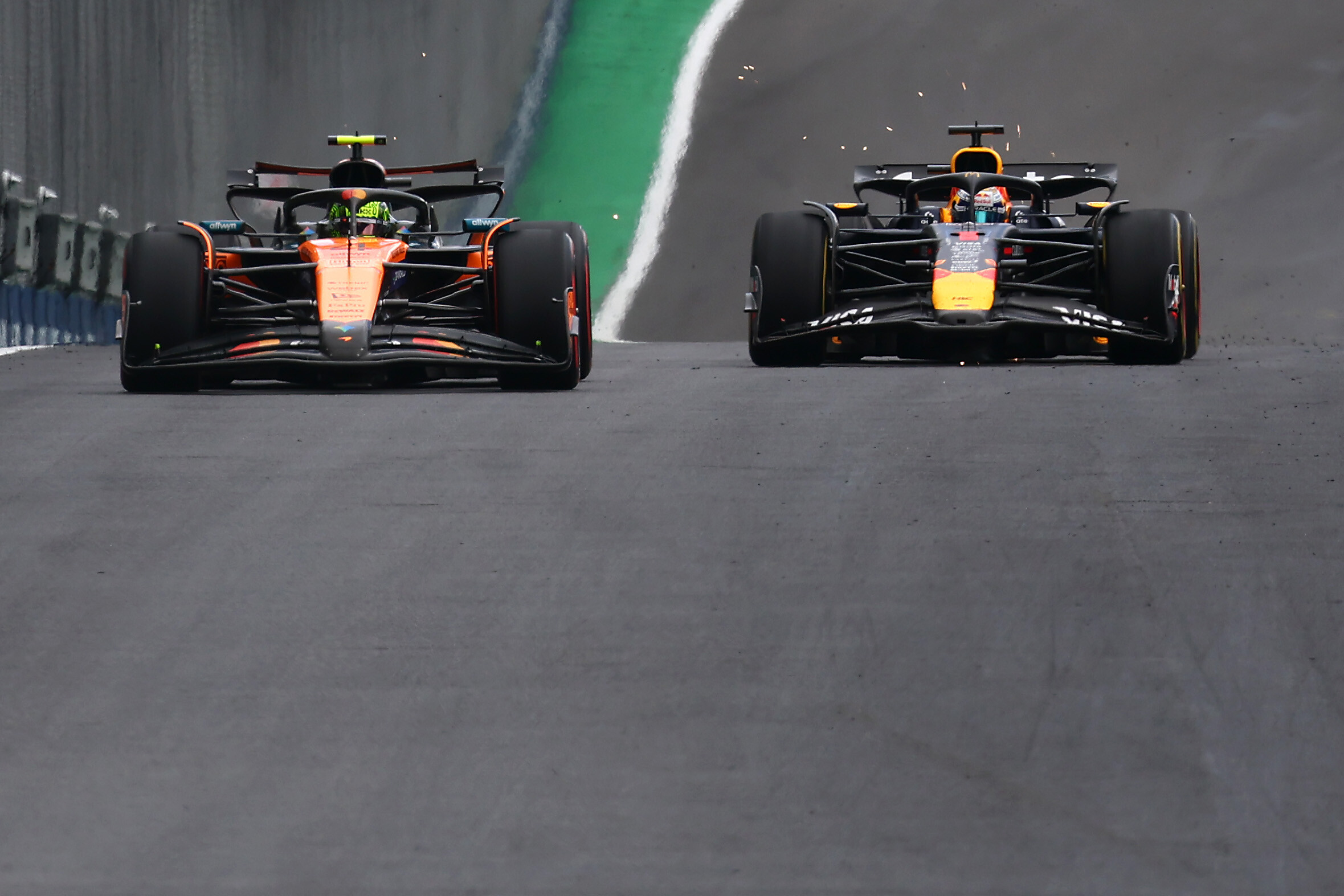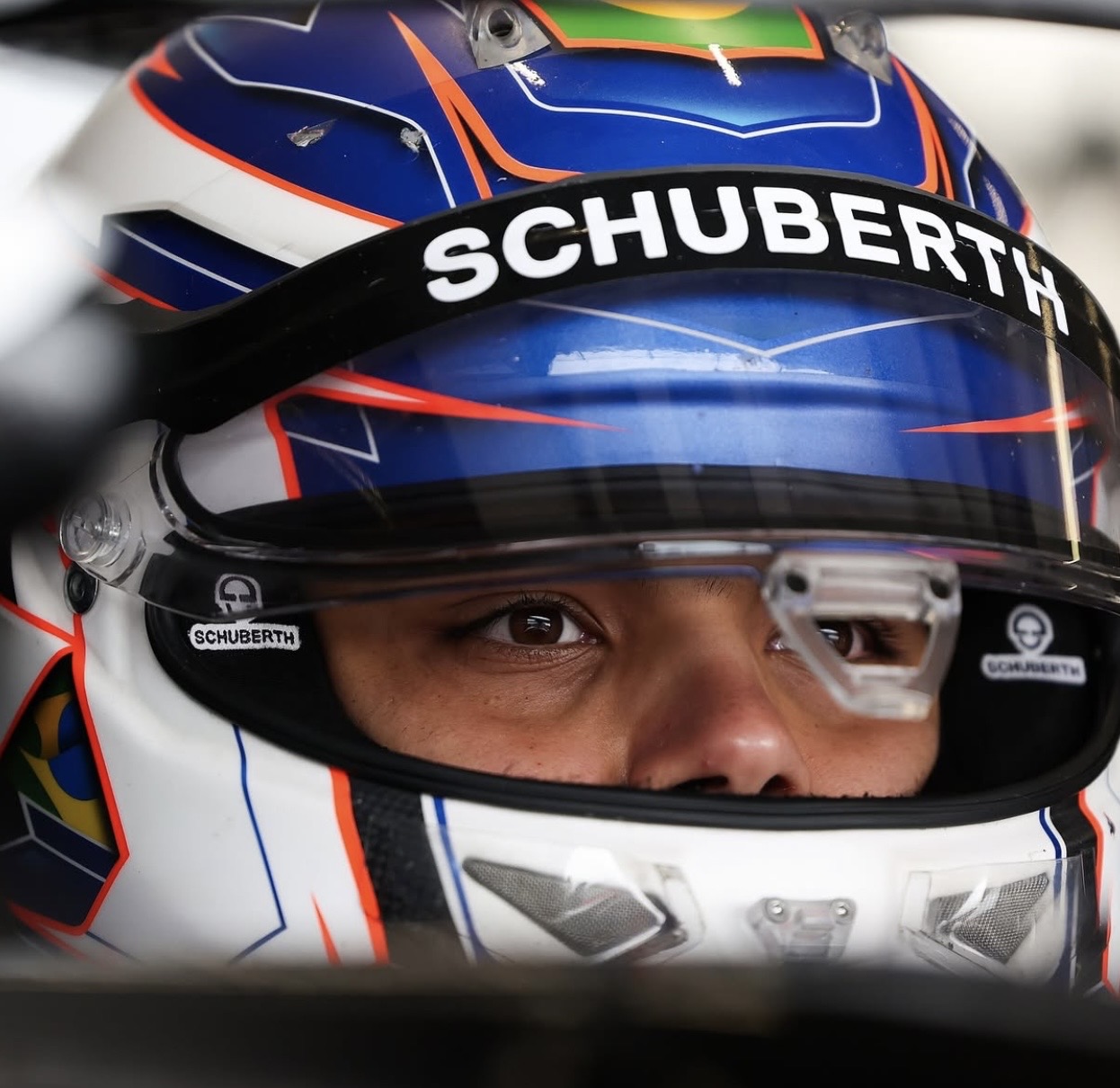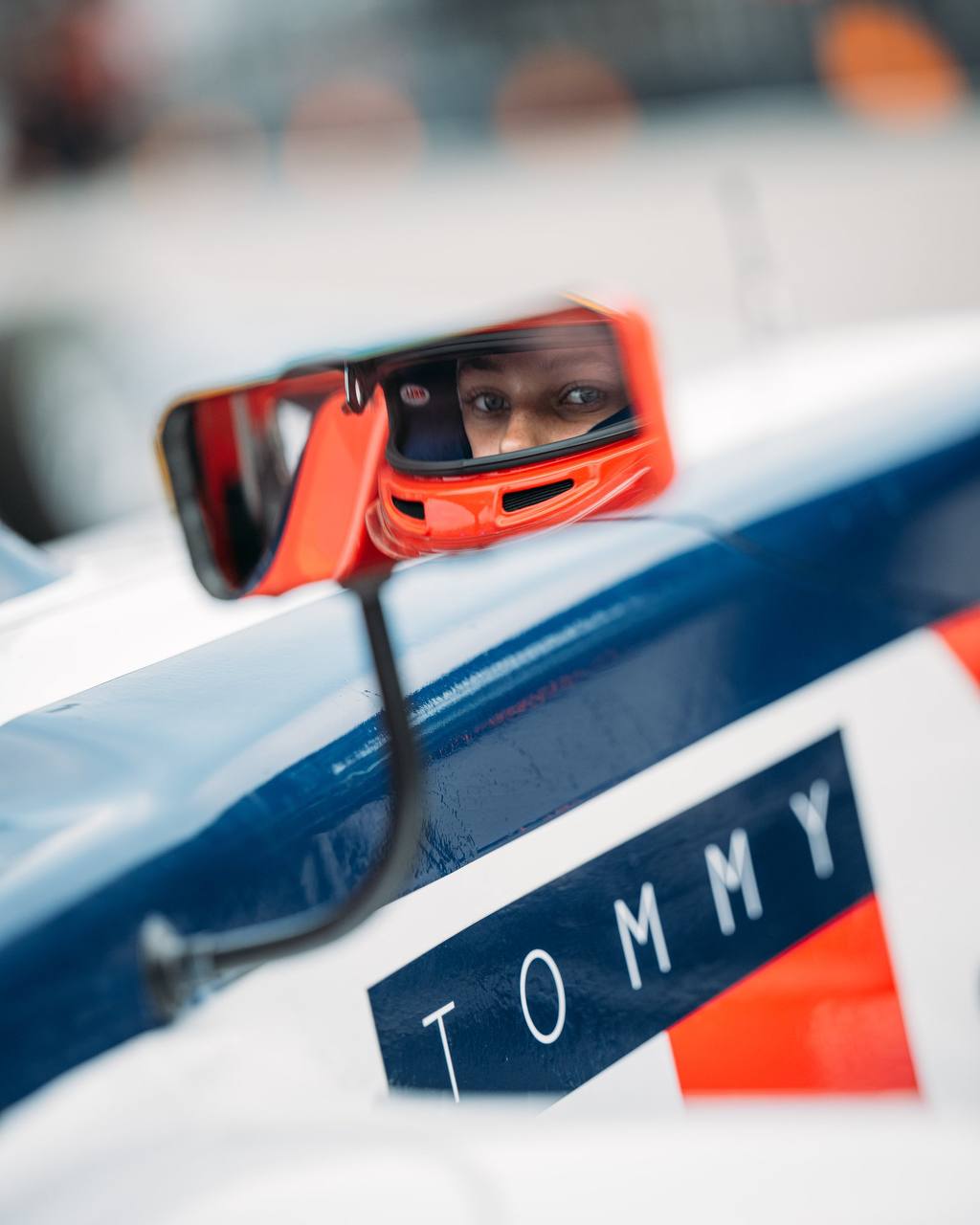Red Bull changed Max Verstappen’s PU following a difficult qualifying at the F1 São Paulo GP a fortnight ago, exceeding their allocation for the season. As Verstappen was already due a pit lane start due to the team breaking parc fermé to heavily modify the car’s set-up, there wasn’t a tangible sporting penalty for doing it. But the move was immediately questioned by the McLaren team, as the Andrea Stella pointed out, the team believes a grey area within the FIA financial regulations of F1 meant that it wasn’t clear whether Red Bull’s power unit change would fall under F1’s cost cap rules.
McLaren’s stance
It is obviously difficult to fully determine whether such a change is made on the grounds of reliability – which would imply it being outside the allocated cost cap – or for performance reasons, the latter being included in the annual cost cap.
The main difference between McLaren and Red Bull in that department is that the current constructors’ champions, by virtue of being a customer to Mercedes’ High-Performance Powertrains (HPP), have to pay separately for every new engine they acquire. Red Bull, on the other hand, is currently on a factory-like deal with Honda until the end of this season, and perhaps enjoys some discounts or facilitations when it comes to that.
“We are in a bit of a different position [to Red Bull]. We can’t take a performance engine change because we are not a works team who have a PU supplier who is happy to supply those engines free of charge,” said Neil Houldey, McLaren’s technical director. “So it is definitely something that a works team can use that someone like us who is purely independent cannot take advantage of.
“Obviously 2026 is quite different. The PU stuff comes in. But certainly, and you’ve seen it all the way through this year, through previous years, works teams have an advantage over customer teams because of the regulation or the lack of regulation.”
FIA admits to “weakness” in the regulations
That prompted McLaren to ask for clarification on whether the change of power unit on Verstappen’s car at the São Paulo GP would be included in the cost cap or not. According to FIA’s single-seater director Nikolas Tombazis, he admitted in Las Vegas that there is a “weakness” in the regulations that fail to cover such cases appropriately, as it’s difficult to distinguish a “strategic” change to one that’s required for reliability reasons:
“What we’ve not been keen to get involved in, is a situation where when there’s an engine change, we have to argue with the team or the PU manufacturer whether a bit of telemetry indicates potentially a reliability issue or not,” Tombazis said in the press conference on Thursday. “We don’t feel we have the expertise to argue with them whether it’s really a reliability or strategic change. And, again, in some cases it’s obviously in one or the other camp. But when you’re in that crossover area, it would be difficult.
“So this has been a weakness in the current regulations — the combination of Financial plus Technical and Sporting — and it’s been an area where we’ve adopted this approach where we accept these changes without getting into discussion about the impact on the cost cap.”
Red Bull’s made a “defendable” and “legitimate” change of PU – Monaghan
Red Bull’s chief engineer Paul Monaghan snapped back at the suggestions of his team doing something to intentionally exploit what he called a “grey area” of the rules. He argued the change of PU was “legitimate” and not far from what we’ve seen from other teams since the start of the ground effect era in 2022:
“I’m not surprised someone just sort of rolled a hand grenade into the situation,” said Monaghan. “If the situation were round the other way we could do the same. What we did is defendable, it’s legitimate, and if you go back through even this generation of car – from, say, 2022 to this year – people have made engine changes so there’s nothing unusual in it.
“Personally it’s a grey area. As far as I’m concerned we justified to ourselves what we were going to do. If we’re questioned on it we will justify it.”
When asked if he believed this particular case could be argued to fall outside of the team’s cost cap, Monaghan dodged the question and said he’s “not a finance expert” and avoided to “speculate” – but said he expects “no penalty” for Red Bull regardless:
“I’m not going to answer that question because I am not a finance regulation expert,” he said. “I know roughly what we need to do and what’s in and what’s out. But I believe our actions we can defend and there will not be a penalty against us at the end of the year for it.
“That would be an answer with my knowledge on it. I don’t want to speculate as to how we’re treating it within the financial regulations because I may get it wrong and then look at even more of an idiot than normal – so I’ll leave it at that, if I may.”
Why Red Bull firmly believes it didn’t do any wrong
As to what prompted the actual removal of the older PU, Monaghan stated that supplier Honda advised that the engine could do a “few more kilometres” if necessary, but again avoided going ito further details, other than stating he believes the team didn’t breach any financial regulations in the process.
“The advice [from Honda] was if we are absolutely backed into a corner it may well do a few more kilometres,” he said. “So we’re sort of delving into team politics here and I don’t want to offer too much, but financially I believe we are OK.”
Dr. Helmut Marko, Red Bull’s F1 driver advisor was more adamant in his response. The Austrian believes the team has “no worries” and is “absolutely” working within the current regulations.
“It’s not a grey area. No worries, we are absolutely within the regulations,” said Marko.
FIA’s “natural mechanism” to avoid similar issues in 2026
In the wake of 2026, Tombazis is adamant that the new power unit regulations will mean these situations will be “completely resolved” as the costs of building new engines will prove a natural deterrent to strategic PU changes.
“The PU manufacturers would never find it convenient to make a strategic change,” explained Tombazis. “Because each time it’s going to cost them approximately the cost of an engine. And that will provide a natural mechanism.
“So we think it’s a weakness in the current set of regulations, where there’s no PU cost cap, but we think it gets resolved completely next year. It will stop being a topic of discussion,” Tombazis concluded.





